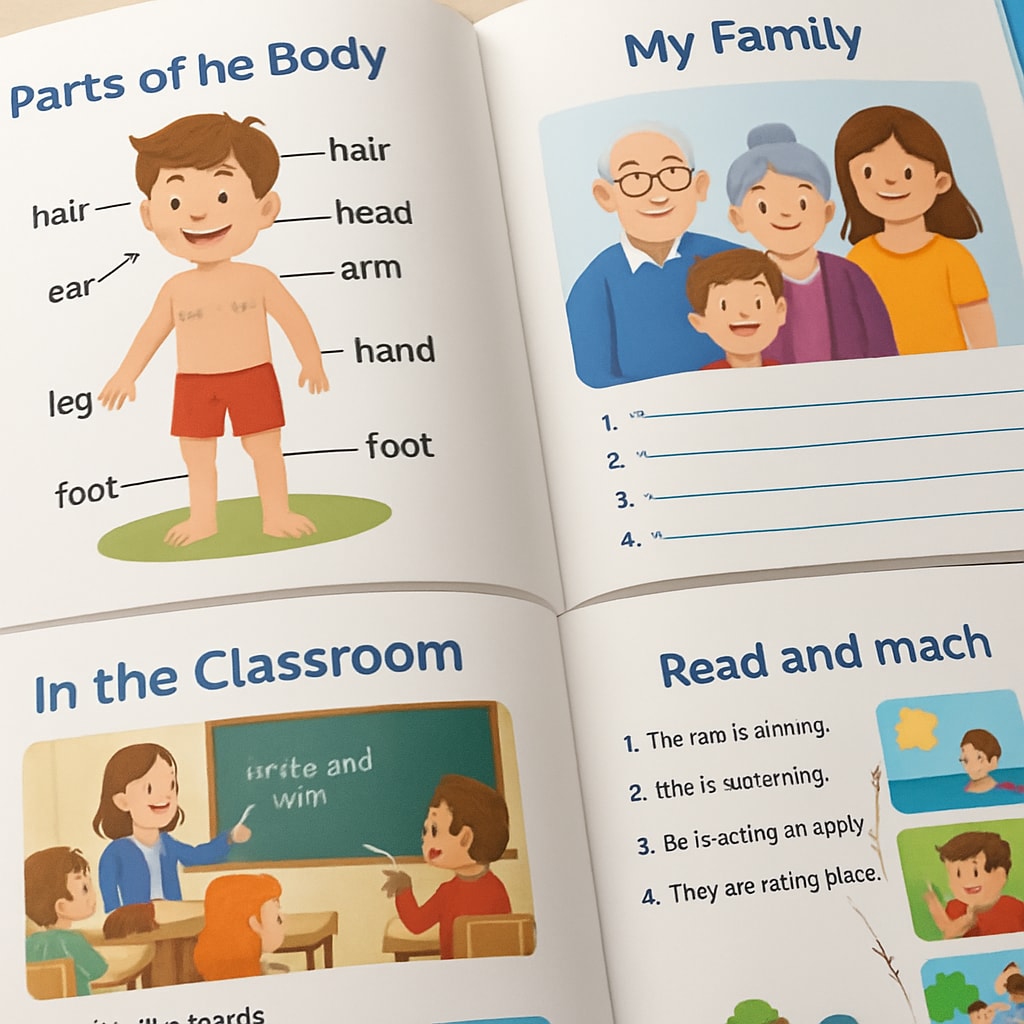The “World of Language” textbook remains a cherished memory for many who experienced its unique approach to elementary language education. It wasn’t just a book; it was a storytelling companion that made learning English an engaging and meaningful journey. In today’s fast-paced, tech-driven classrooms, revisiting such traditional teaching tools reminds us of the value of creativity, connection, and simplicity in education.
The Timeless Appeal of “World of Language”
First published during a time when education prioritized holistic development, the “World of Language” series offered more than grammar drills and vocabulary lists. Its pages were filled with vibrant illustrations, relatable stories, and interactive exercises, making it an invaluable resource for teachers and students alike. The textbook’s design encouraged students to explore language in a natural, immersive way.

The beauty of “World of Language” lay in its ability to integrate learning with storytelling. For example, instead of teaching punctuation through rote memorization, the book presented lively dialogues, enabling students to grasp context and apply rules intuitively. This approach fostered not only language proficiency but also critical thinking and creativity.
Lessons for Modern Language Education
In today’s classrooms, technology dominates language education. While apps and digital tools offer convenience and interactivity, they often lack the tactile and human connection that traditional textbooks like “World of Language” provided. Modern educators can draw inspiration from such textbooks to strike a balance between digital and traditional methods.
Here are three key lessons modern language education can adopt from “World of Language”:
- Emphasize storytelling: Stories captivate learners and provide context for language use, making lessons memorable and impactful.
- Foster creativity: Open-ended activities and writing prompts help students express themselves while reinforcing language skills.
- Incorporate visuals: Engaging illustrations and visual aids can make abstract concepts more accessible and enjoyable.

The Emotional Legacy of “World of Language”
For many, the “World of Language” textbook symbolizes a time when education felt personal and meaningful. Its pages were not just about learning a language but about discovering the world through words. This emotional connection is something that modern educational tools often struggle to replicate.
As educators and policymakers debate the future of language teaching, it’s worth considering how to blend the best of both worlds. By incorporating the timeless principles of engagement, storytelling, and creativity found in traditional resources like “World of Language,” we can create a richer, more balanced educational experience.
In conclusion, the “World of Language” textbook serves as a reminder of the importance of fostering a love for learning. While technology continues to reshape education, the values it championed—simplicity, connection, and creativity—remain as relevant as ever in shaping young minds.
Readability guidance: This article uses short paragraphs, clear transitions, and lists to ensure readability. It maintains a balance between nostalgic storytelling and practical insights, appealing to educators and lifelong learners alike.


